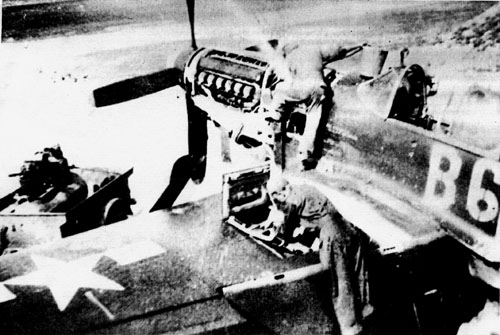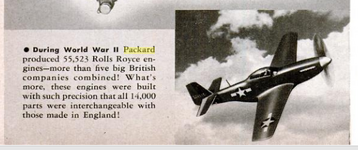HiThank you Mike - that is definitely worth bacon.
Your conclusion may well be the answer but as I read the additional material you provided, which infers that both services used NC, I wondered if this was an inter-service thing with the Navy going NC early and the Army sticking with Cordite because of India, Malaya, etc, as long as possible. Given the large volumes of ammunition imported from the US in ww2 I would expect that the Army and RAF did, in reality, use far more NC ammo than Mr Wallace indicates.
This also suggests a major difference in the way the Army and Navy stored powder or one would expect the navy to have had the same problems in hot climates. Maybe it was a simple as the stuff deteriorated in a very confined space but not in bags like used on large guns. Just a wild guess
I was also very surprised to see that they were able to recondition damaged NC powder
American supplies of ammunition during WW2 was much better than WW1 when US production had a very poor reputation, as indicated in some of the extracts from Volume XI of the OH:
The US manufacturing industry during WW1 was not what it was during the second half of WW2.
Mike



